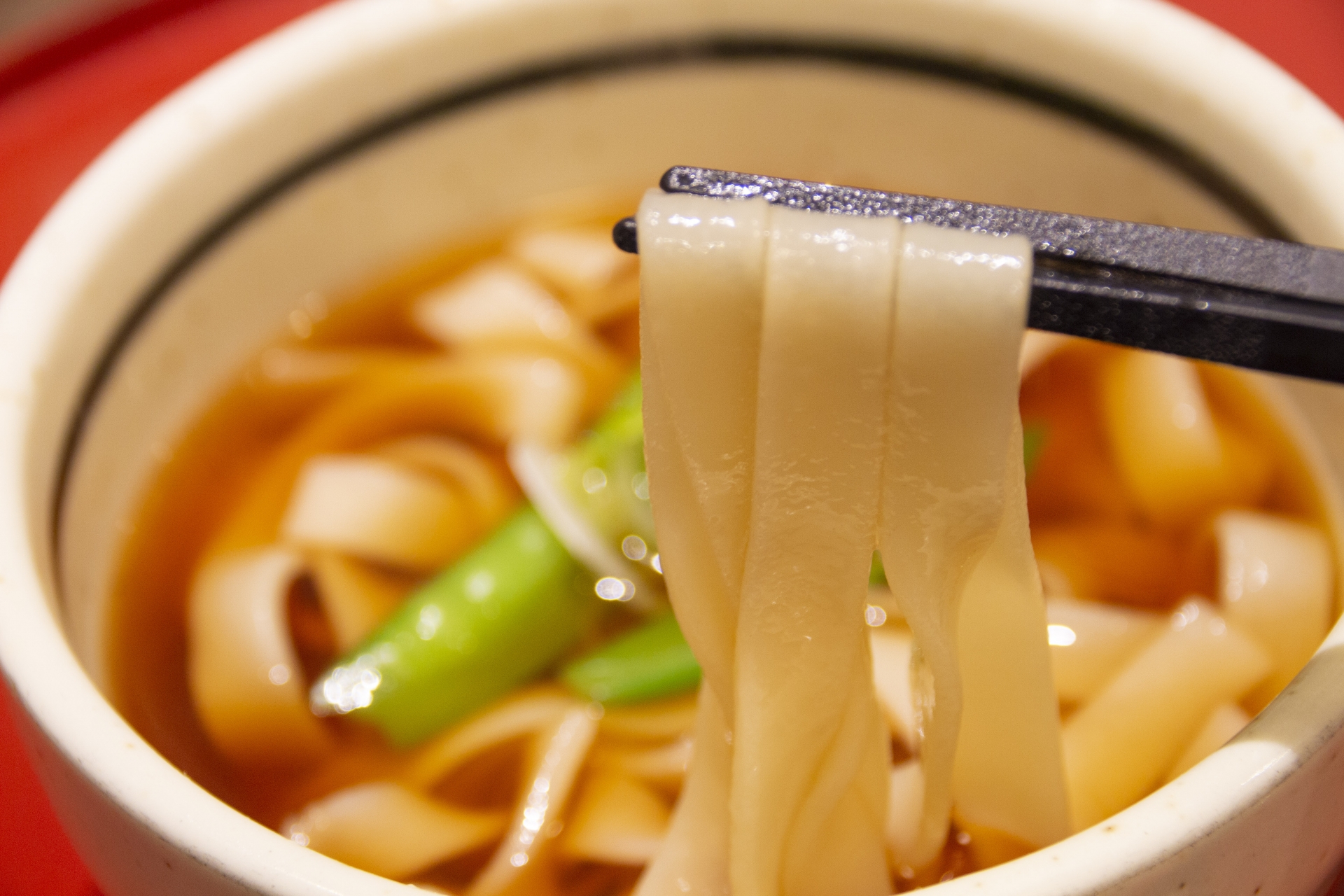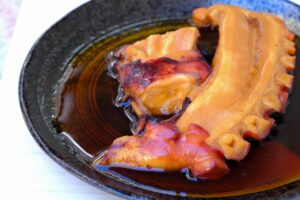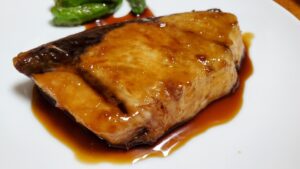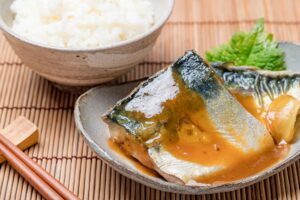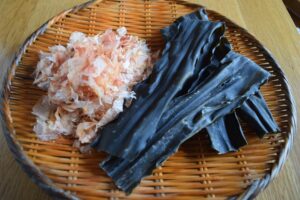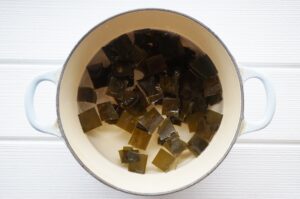Kishimen is a unique type of flat and broad noodle native to Nagoya, Japan. Revered for its distinct texture and deep cultural roots, this dish is a staple in Nagoya’s culinary tradition, often served both hot and cold. In this article, we will explore the origins of kishimen, compare it to other popular Japanese noodles like udon, offer recommendations on where to eat it, and provide a step-by-step recipe for making it at home.
What is Kishimen?
Kishimen is a flat noodle dish made primarily from wheat flour, water, and salt. Its broad, ribbon-like shape sets it apart from other Japanese noodles like udon, which are thicker and rounder. The texture of kishimen is soft yet chewy, making it a versatile dish enjoyed in both warm soups and cold broths.
Historically, kishimen’s roots trace back to the Edo period (1603–1868), where it is believed to have evolved from a type of noodle known as Imokawa Udon. Although kishimen may have originated from different regions, it became firmly associated with Nagoya, cementing its place as a key element of “Nagoya Meshi” (Nagoya cuisine).
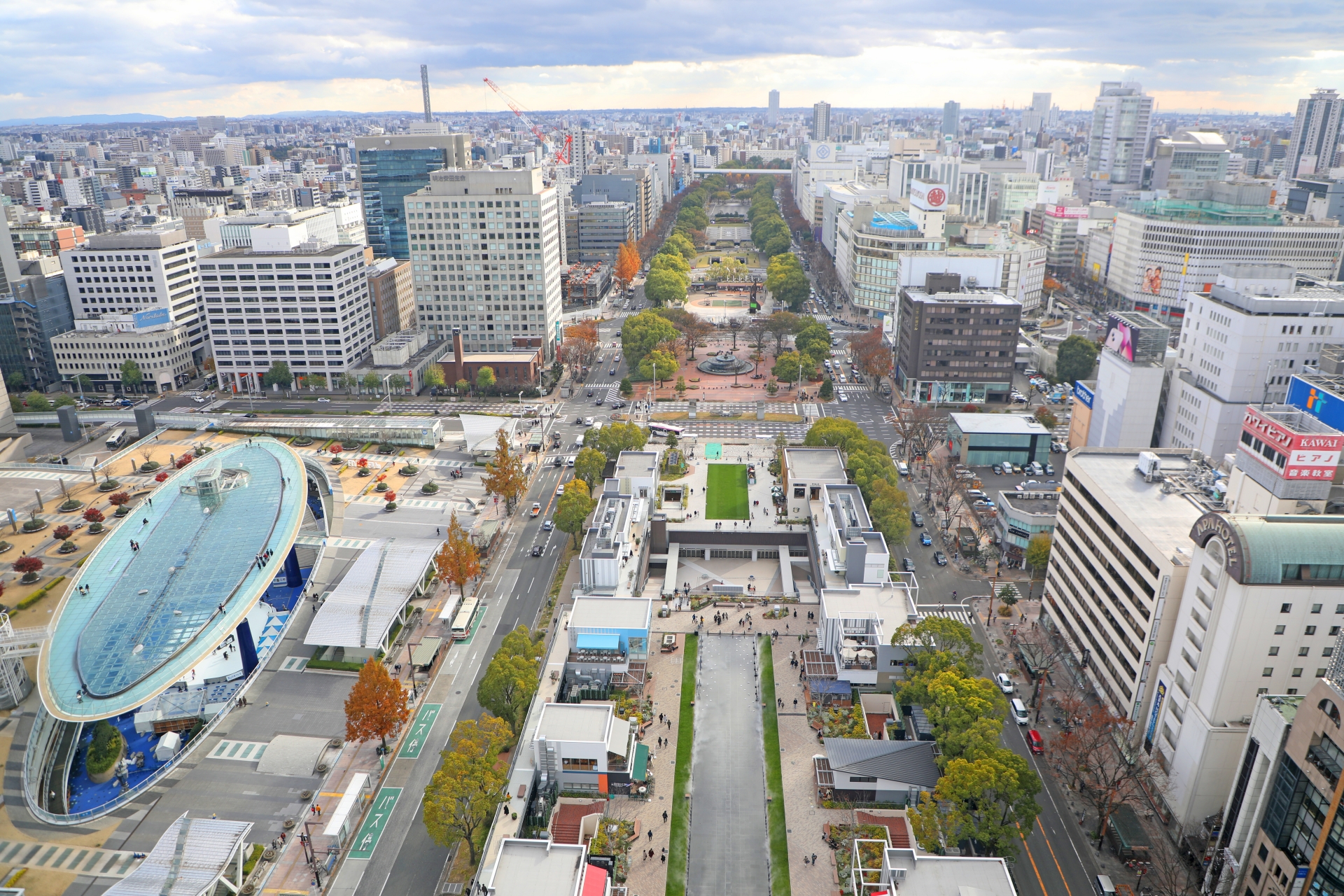
The Origins and Cultural Significance of Kishimen
Kishimen’s history is steeped in tradition, with theories suggesting possible connections to noodles brought over from China or the Kishu-han region of Japan. However, kishimen’s true popularity soared in Nagoya, where it became a beloved staple, especially among travelers passing through the area.
As part of “Nagoya Meshi,” a term that refers to the region’s culinary specialties, kishimen holds a special place in Nagoya’s food culture. Today, it’s one of the must-try dishes for visitors exploring the city’s rich culinary landscape.
Kishimen vs. Udon: What’s the Difference?
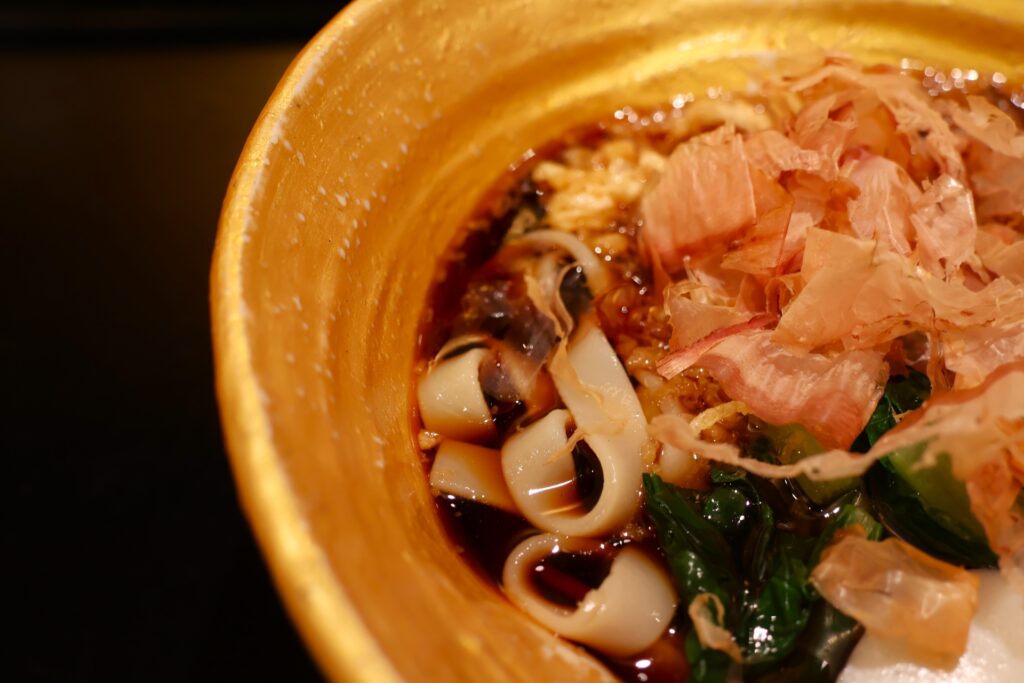
Though kishimen and udon share some common ingredients, they differ significantly in texture, size, and preparation. Kishimen’s flat, wide shape contrasts with udon’s thicker, rounder noodles. Additionally, kishimen is known for its softer bite, making it less dense than udon but equally satisfying. Both noodles are often served with similar toppings like tempura, green onions, and bonito flakes, but kishimen’s delicate texture gives it a unique character.
Udon may be more widely recognized across Japan, but kishimen remains a culinary treasure of Nagoya, appreciated for its distinctive qualities and the subtle yet profound flavors it brings to a meal.
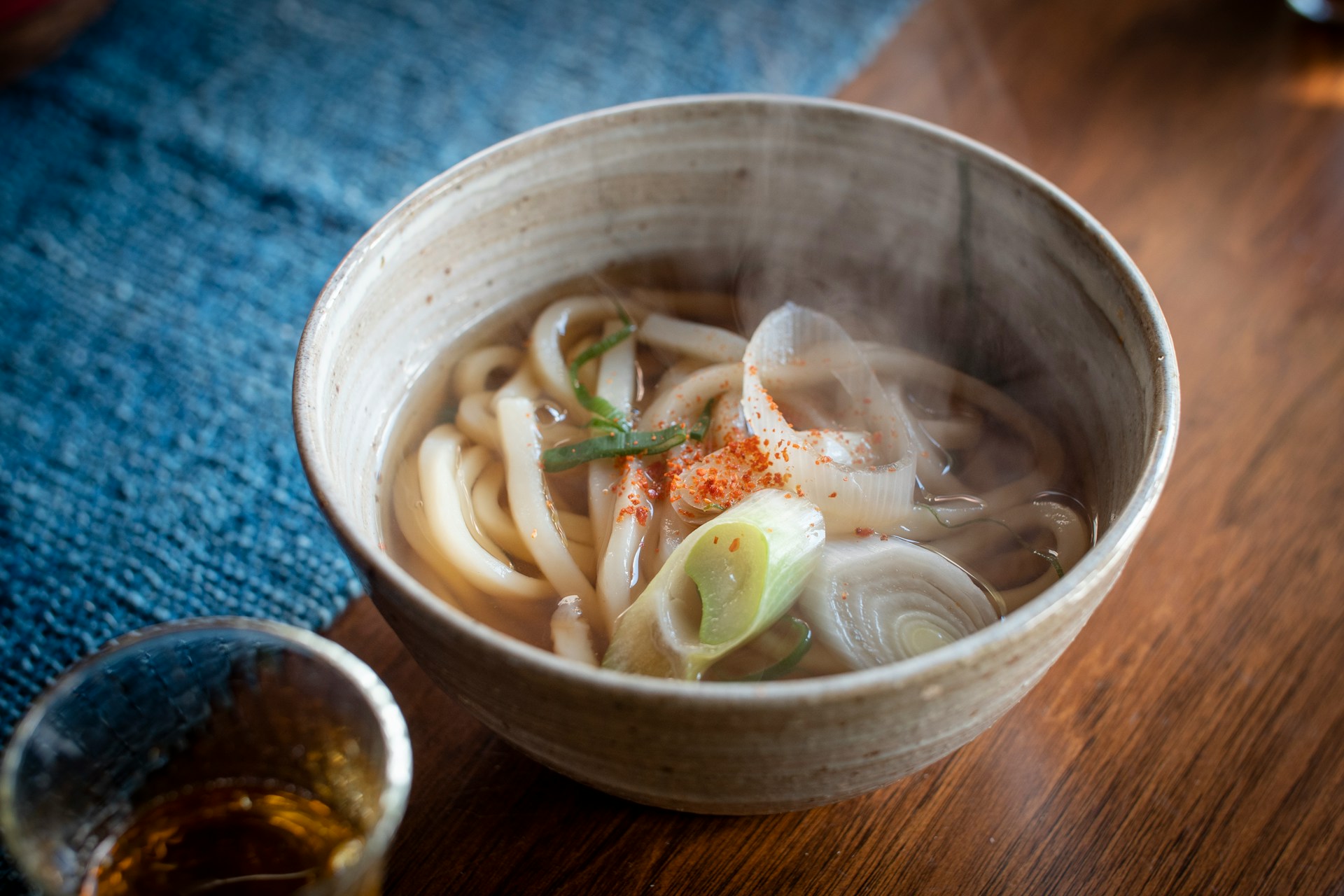
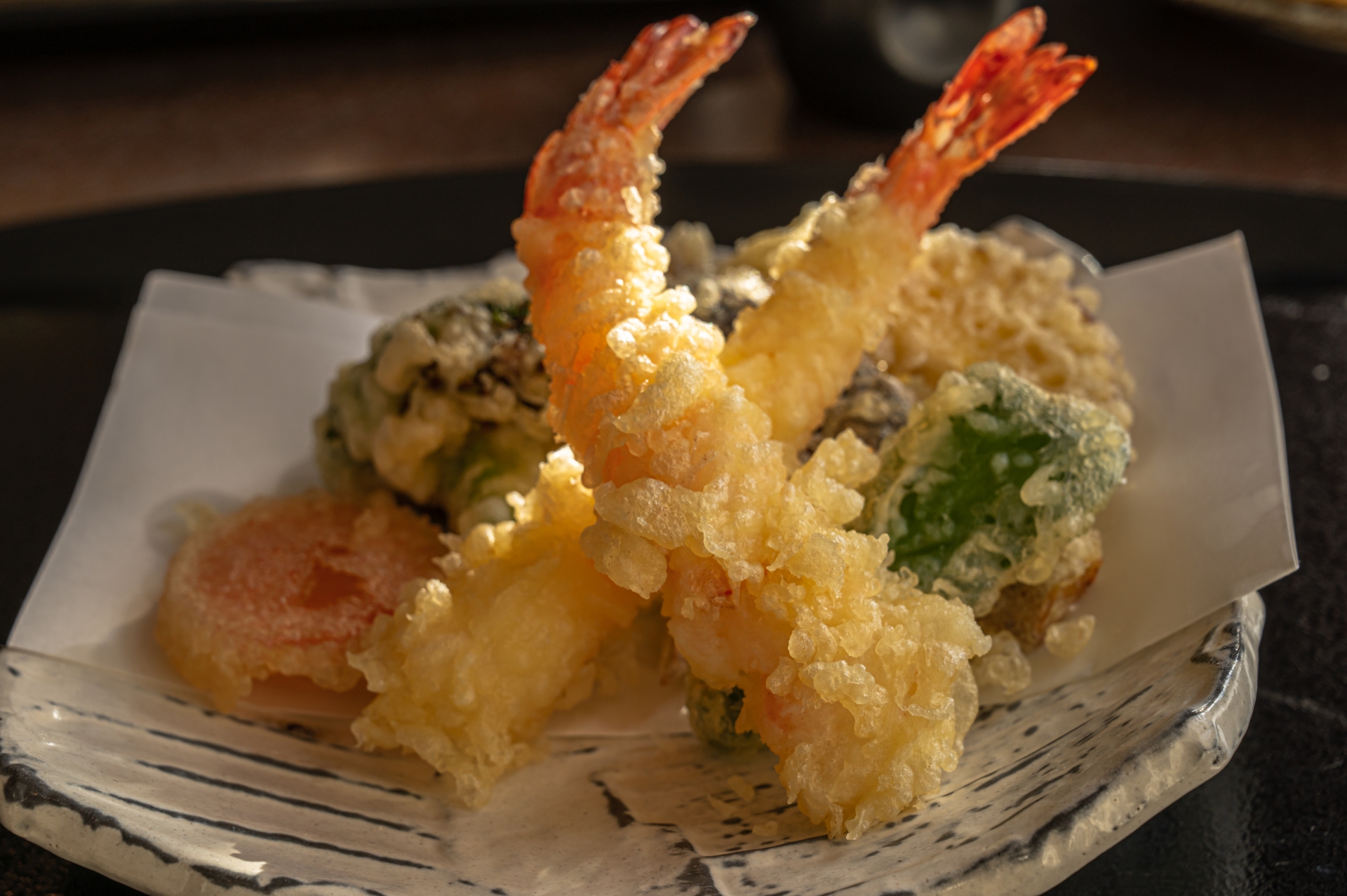
Where to Eat Kishimen in Nagoya
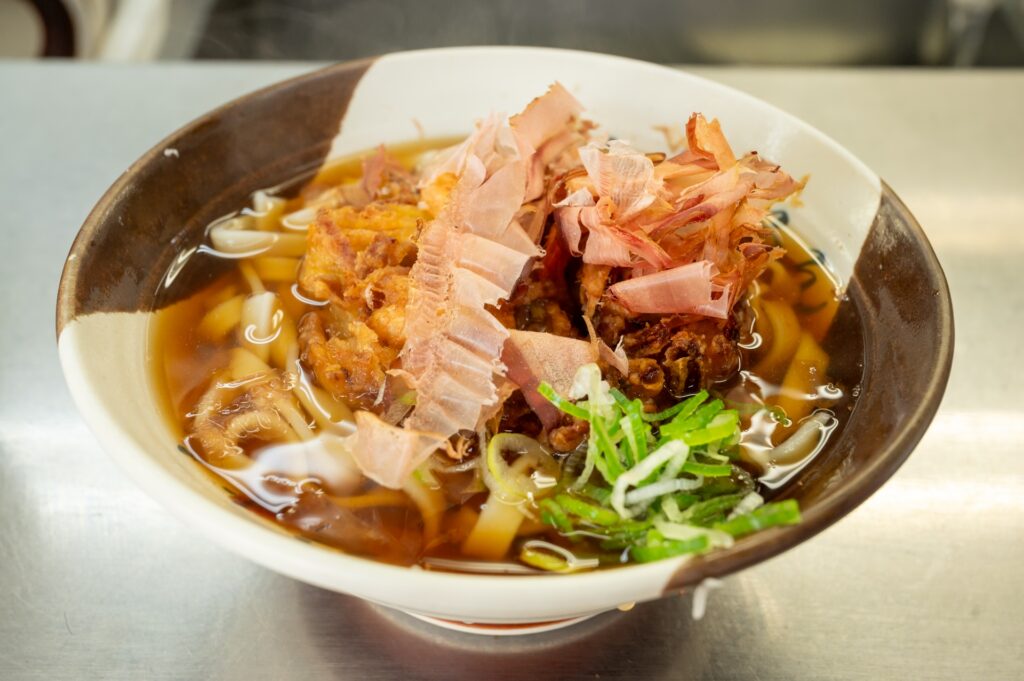
Nagoya has plenty of restaurants specializing in kishimen, offering various styles of this regional dish. Here are some of the best places to try:
- Kishimen Sumiyoshi: Situated in Nagoya Station, Kishimen Sumiyoshi is a top choice for travelers. Offering both hot and cold kishimen, this restaurant is known for its light yet flavorful broth and fresh noodles. The convenient location inside the train station makes it perfect for a quick, delicious meal.
- Miyakishimen (Atsuta Jingu): Located near the famous Atsuta Shrine, Miyakishimen is one of Nagoya’s most beloved spots for kishimen. Visitors can enjoy the peaceful surroundings while savoring traditional kishimen dishes served in both hot and cold variations. The setting and quality make it a must-visit for anyone in the area.
- Kishimen Yoshida: A long-established restaurant in Nagoya, Kishimen Yoshida is known for its handmade noodles and flavorful broth. They offer a variety of toppings like tempura, fried tofu, and green onions, making it a great place to try different styles of kishimen. The restaurant has several locations, including one inside Nagoya Station, making it convenient for both locals and tourists.
Nagoya’s train stations and popular tourist areas feature many spots where you can quickly grab an authentic bowl of kishimen, perfect for experiencing this delicious regional specialty.
How to Make Kishimen at Home
Making kishimen at home is a rewarding experience that allows you to recreate the taste of Nagoya in your own kitchen. Here’s a simple recipe to get you started:
Ingredients:
- 200g kishimen noodles (available in Asian grocery stores)
- 1 liter dashi broth (made from bonito flakes or kombu for a vegetarian option)
- 2 tbsp soy sauce
- 1 tbsp mirin (sweet rice wine)
- Optional toppings: bonito flakes, fried tofu, boiled spinach, green onions, and tempura bits
Instructions:
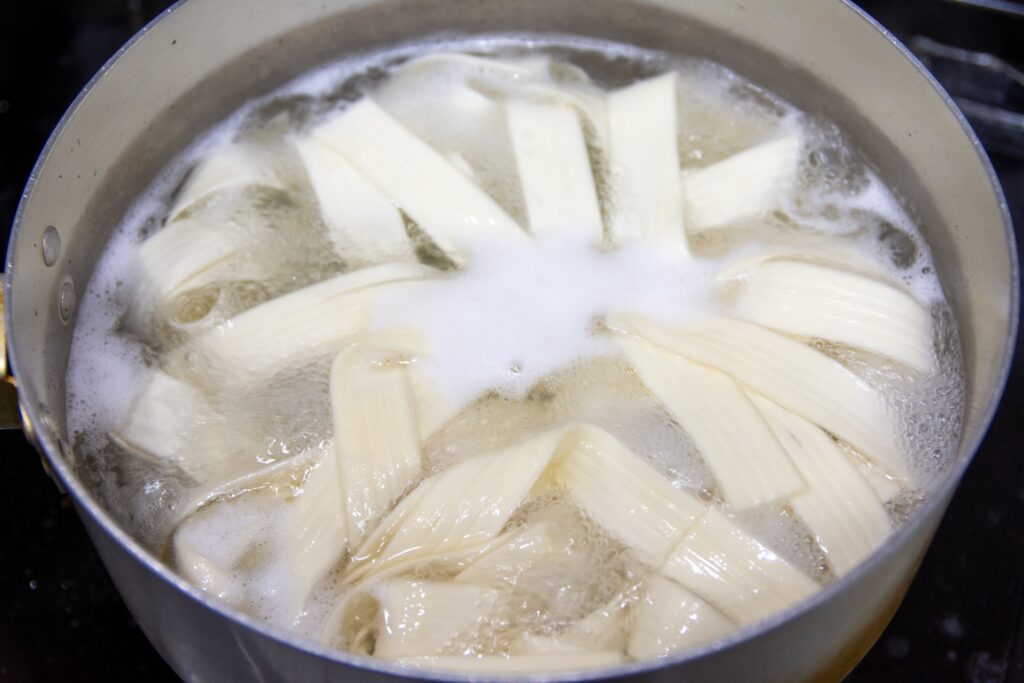
- Prepare the Broth: In a pot, combine the dashi broth, soy sauce, and mirin. Bring it to a simmer over medium heat.
- Cook the Noodles: While the broth is heating, cook the kishimen noodles in a separate pot of boiling water. Follow the package instructions, typically boiling the noodles for 5-7 minutes until they are tender but firm.
- Assemble the Dish: Drain the noodles and divide them into serving bowls. Pour the hot broth over the noodles and add your choice of toppings such as bonito flakes, fried tofu, or tempura.
- Serve: Enjoy your homemade kishimen while it’s hot! For a cold version, rinse the noodles in cold water after cooking and serve with a chilled dipping sauce made from dashi, soy sauce, and mirin.
This recipe offers a classic rendition of kishimen, but feel free to experiment with different toppings and broth flavors to suit your taste.
Conclusion
Kishimen is more than just a noodle dish—it’s a reflection of Nagoya’s rich culinary tradition. Whether you’re visiting Japan or cooking at home, experiencing the subtle flavors and unique textures of kishimen is a must for any food lover. From its historical roots to its modern-day appeal, kishimen continues to captivate both locals and visitors alike.

